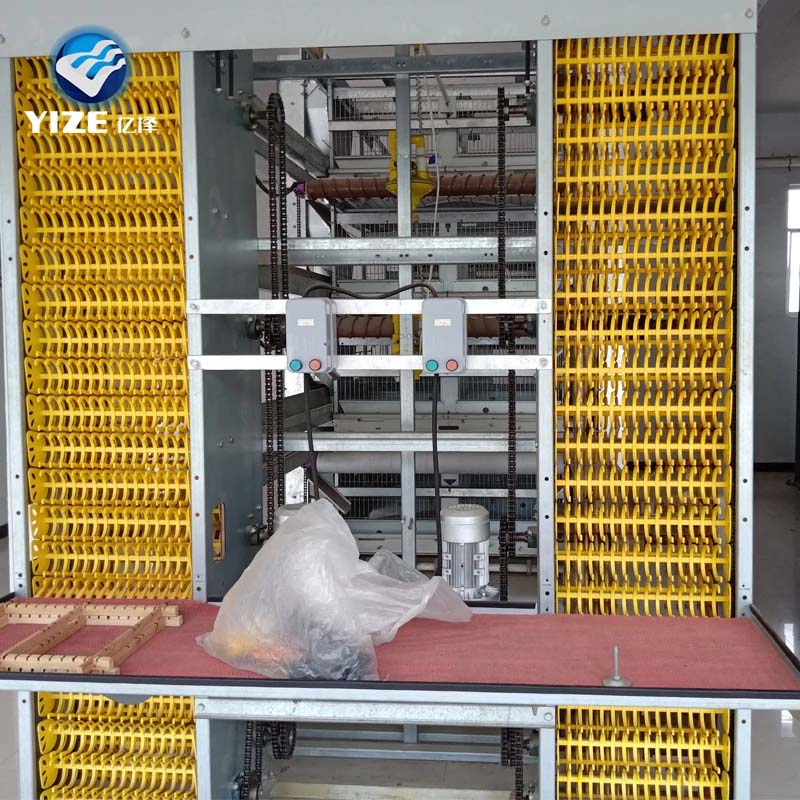Exploring Layer Housing Solutions for Optimal Poultry Production and Animal Welfare
Nov . 08, 2024 07:32 Back to list
Exploring Layer Housing Solutions for Optimal Poultry Production and Animal Welfare
The Layer House in Poultry Farming A Key to Success
The poultry industry plays a crucial role in global food production, particularly in the supply of eggs. Central to this industry is the layer house, a specialized facility designed for rearing hens that lay eggs. The design, management, and technology used in layer houses directly influence the productivity, health, and welfare of the chickens, as well as the quality of the eggs produced. This article explores the significance of layer houses in poultry farming and the essential components that contribute to their success.
Understanding Layer Houses
Layer houses are specifically constructed to house layers, or hens, that are bred for egg production. Unlike broiler houses, which are designed for chickens raised for meat, layer houses are equipped with features tailored to enhance the laying process. They are typically designed to provide a controlled environment that allows for optimal growth and egg production under various climatic conditions.
Key Features of Layer Houses
1. Space and Density The design of layer houses must accommodate the needs of the chickens while adhering to welfare standards. Providing adequate space for each bird is essential to reduce stress, prevent aggression, and ensure better egg production. Ideal stocking densities vary, but the general guideline suggests around 4 to 6 hens per square meter.
2. Nesting Areas Hens require comfortable and safe nesting areas to lay their eggs. Layer houses include nesting boxes that are easily accessible and designed to encourage hens to lay their eggs in designated areas. This not only helps in maintaining cleanliness but also reduces egg breakage.
3. Ventilation and Temperature Control Proper ventilation is vital for maintaining air quality and regulating temperature within the layer house. Good design incorporates natural or mechanical ventilation systems to manage humidity levels and provide fresh air, ensuring the health and comfort of the hens.
layer house in poultry

4. Lighting Light management is critical in layer houses, as hens require a specific light cycle to stimulate egg production. Artificial lighting can be used to mimic natural daylight, ensuring that hens receive the right amount of light to maximize their laying capacity.
5. Feeding and Watering Systems Efficient feeding and watering systems are essential for maintaining the health of layers. Automated feeding systems ensure that hens receive a balanced diet, while clean and easily accessible water sources encourage regular hydration, both of which are crucial for optimal egg production.
Health and Biosecurity Measures
In addition to structural features, layer houses must incorporate strict biosecurity measures to protect the flock from diseases. Regular health checks, vaccinations, and the provision of veterinary care are critical components of layer house management. Additionally, implementing sanitation protocols helps to minimize the risk of infectious diseases that can severely impact egg production and overall flock health.
Technological Innovations
Advancements in technology have significantly transformed layer house design and management. Automated systems for feeding, watering, and egg collection are now commonplace, leading to more efficient operations and reduced labor costs. Moreover, the integration of data analytics and climate control systems allows for real-time monitoring and adjustments to maintain optimal conditions for the hens.
Conclusion
The layer house is a fundamental aspect of poultry farming, tasked with the crucial role of maximizing egg production while ensuring the health and welfare of the hens. From space management and nesting areas to advanced technology and biosecurity measures, every component plays a vital role in achieving success in this sector. As consumer demand for high-quality eggs continues to rise, the importance of effectively managed layer houses will only grow, making them an essential focus for poultry farmers worldwide.
-
Hot Sale 24 & 18 Door Rabbit Cages - Premium Breeding Solutions
NewsJul.25,2025
-
Automatic Feeding Line System Pan Feeder Nipple Drinker - Anping County Yize Metal Products Co., Ltd.
NewsJul.21,2025
-
Automatic Feeding Line System Pan Feeder Nipple Drinker - Anping County Yize Metal Products Co., Ltd.
NewsJul.21,2025
-
Automatic Feeding Line System - Anping Yize | Precision & Nipple
NewsJul.21,2025
-
Automatic Feeding Line System - Anping Yize | Precision & Nipple
NewsJul.21,2025
-
Automatic Feeding Line System-Anping County Yize Metal Products Co., Ltd.|Efficient Feed Distribution&Customized Animal Farming Solutions
NewsJul.21,2025






